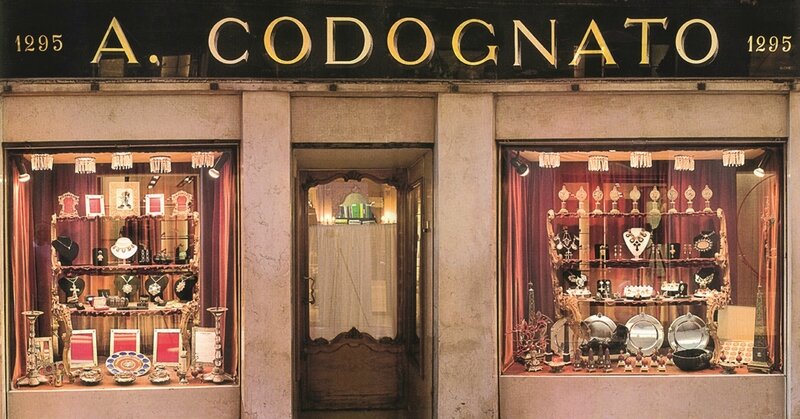Master of the Palazzo Venezia Madonna (active c. 1340-60), St. Corona, before 1351. & St. Vittorio of Siena, c. 1350. kms3624. National Gallery of Denmark
Legend says that in a vision the 16-year old St. Corona saw an angel descend from the heavens bearing two crowns: a modest one for herself and a more precious version for St. Vittorio, with whom she was to suffer martyrdom for her Christian faith.
The depiction of the two saints
The Master of the Palazzo Venezia Madonna depicted her wearing the small crown while elegantly supporting the large crown with the fingertips of her left hand. Like St. Vittorio, she carries a pair of palm branches – the trophy of martyrdom – in her right hand. St. Vittorio also holds an olive branch, the symbol of Siena’s victory over Montepulciano and Orvieto in 1229 on what was later called St. Vittorio’s Day.
Examples of Siena Gothic
The panels were originally side panels flanking a main panel depicting the adoration of the shepherds painted by Bartolomeo Bulgarini (1300/1310-1378). They are very rare and fine examples of Siena Gothic with its unique linear and colourful decorative style; a contrast to the rival Florentine school which puts greater emphasis on mass and gravity.
A grandiose decoration project
The altarpiece was created in or immediately after the plague year of 1348, which severely decimated the population of Siena. The St. Vittorio altarpiece marked the completion of a grandiose decoration project in the city’s cathedral; a project which also encompassed the altarpiece of which Ambrogio Lorenzetti’s (before 1317 - c. 1384) St. John the Baptistwas part.


















